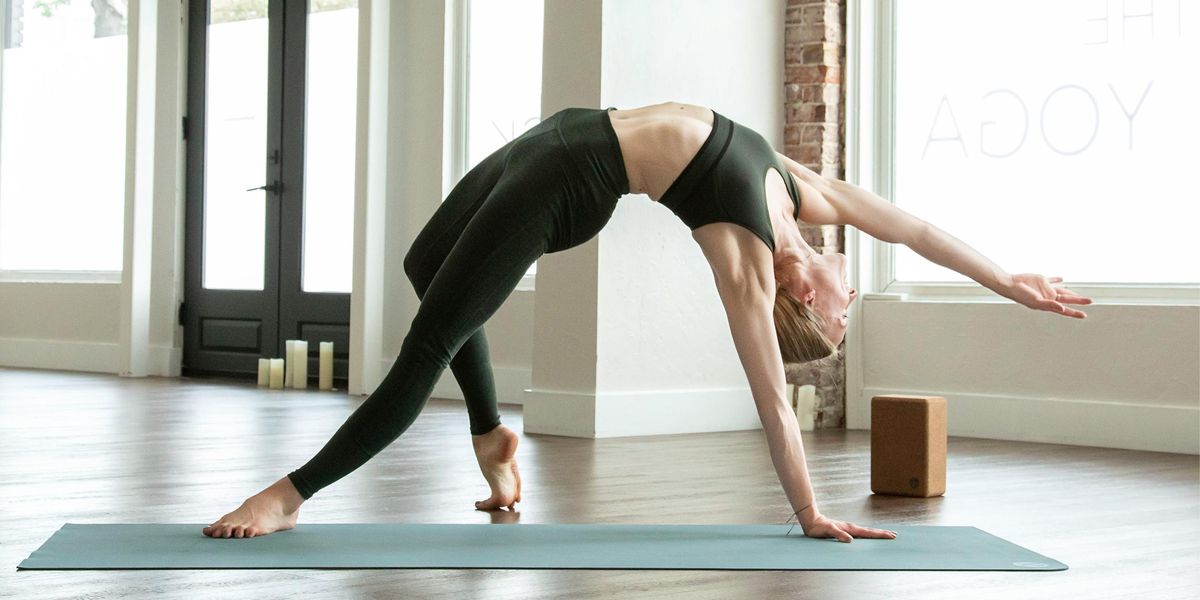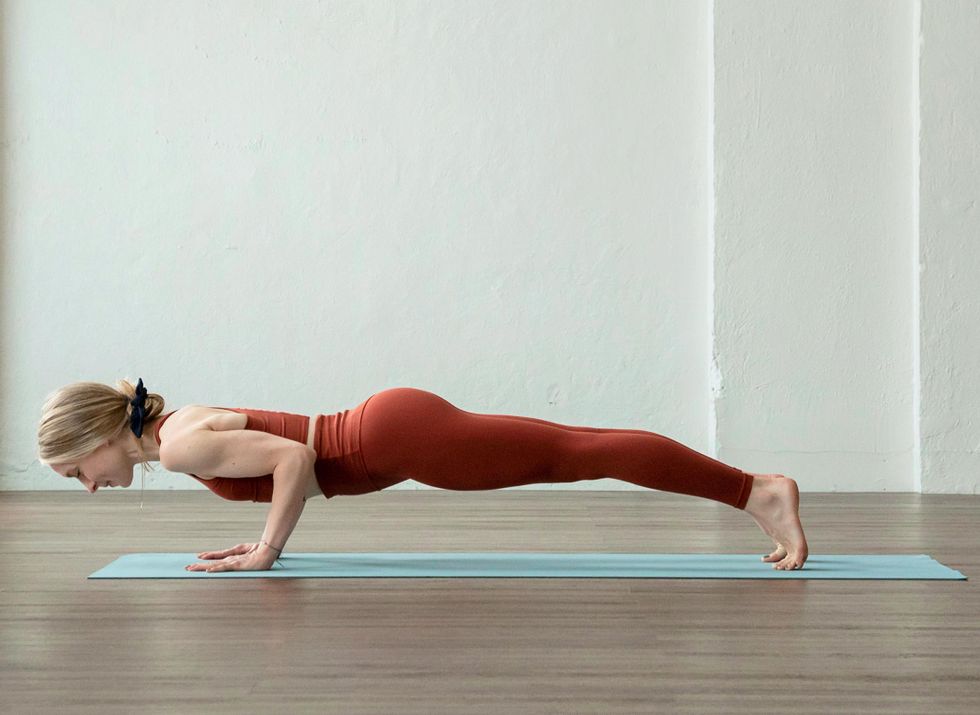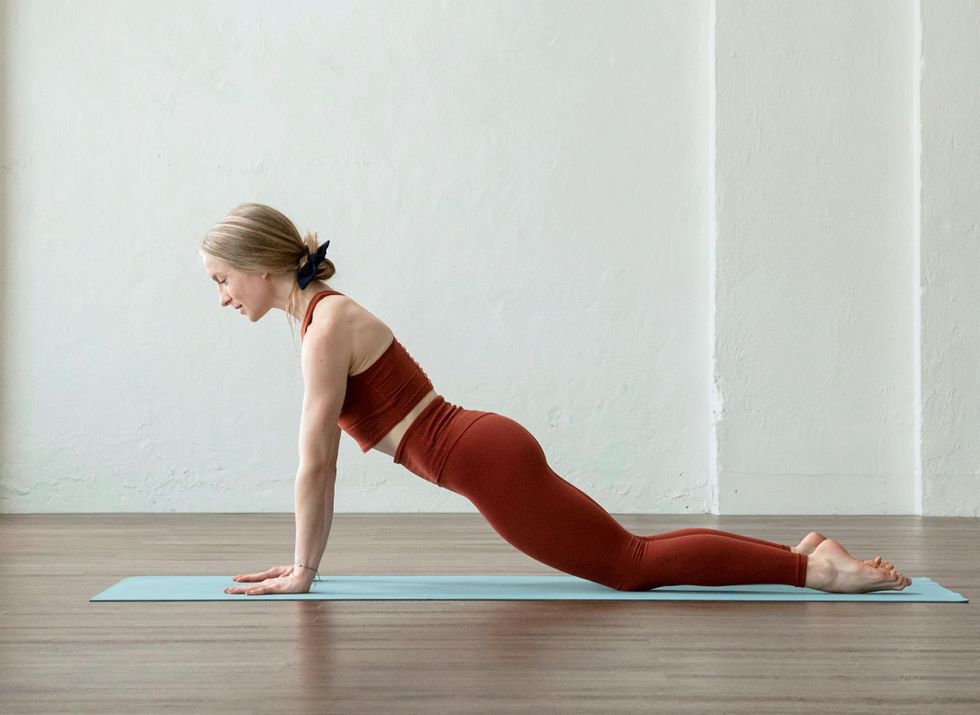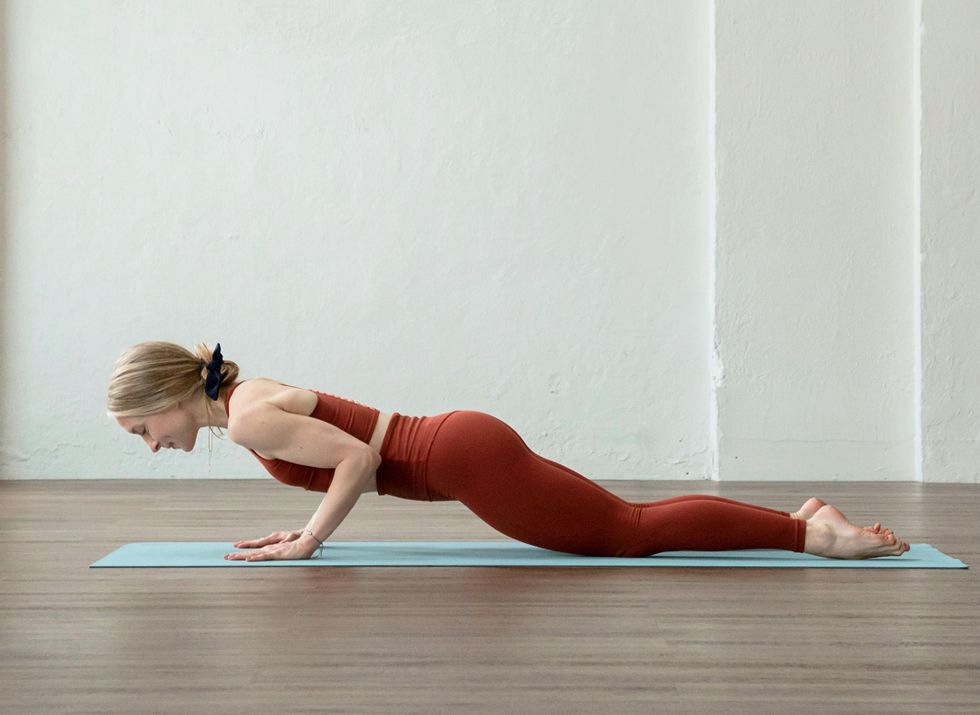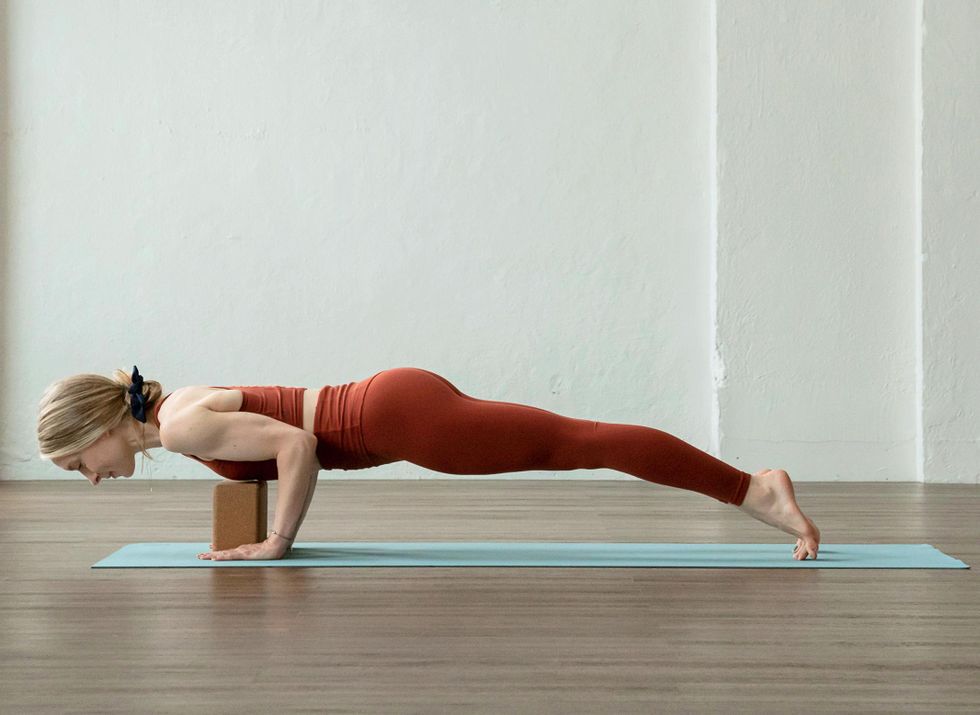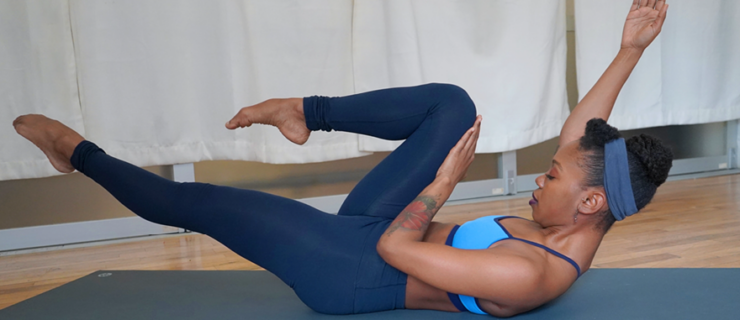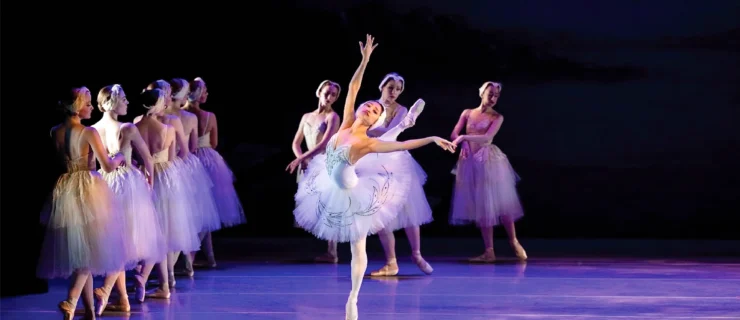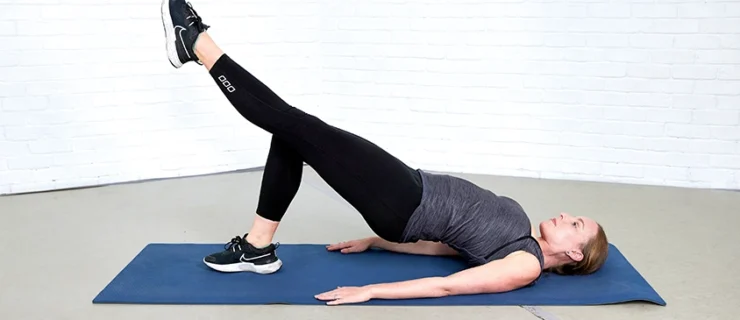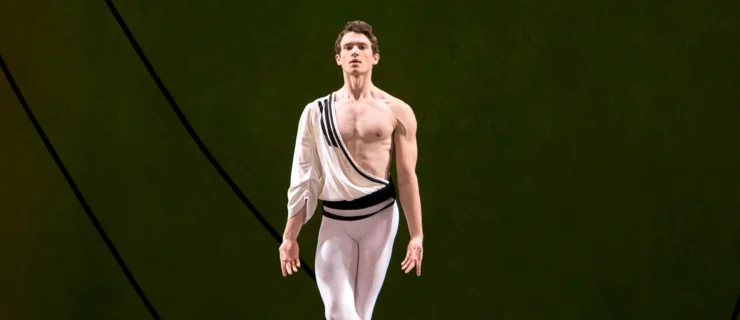Yoga Flow Your Way to Better Port de Bras
Some ballet dancers think yoga is boring, or just isn’t for them. Shelby Elsbree wants to convince you otherwise. “Yoga is an extraordinary physical and mental supplement to your dance training,” says the former Royal Danish Ballet and Boston Ballet dancer, and current yoga teacher to companies including New York City Ballet. She adds that it’s actually easier to do yoga incorrectly than trained dancers might assume. Read on to clean up your flow—and score more fluid, controlled port de bras, to boot.
Downward-Facing Dog
How-To:
Start on your mat in tabletop position, with a neutral spine and shoulders stacked directly over the wrists. Tuck your toes, keeping your gaze directly between your hands. Use your breath to help float the hips up and sink your heels down, forming an upside-down “V” shape with the body.

How It Helps Port de Bras: “Downward-facing dog is an amazing opportunity to stretch the low spine while strengthening the upper body and core,” says Elsbree. “The belly is drawn up towards the spine and the rib cage is closed, so taking breaths in that shape helps you feel the setup for well-aligned port de bras.”
Shelby’s Tips:
- The tendency is to take too much weight in the hands and wrists. Press into all 10 finger pads, being careful not to “suction-cup” your palms—don’t lift them up off the mat.
- Meanwhile, “keep the backs of your knees soft, which allows you to tilt your tailbone and low back towards the sky,” she says.
- “It’s totally cool if your heels are not cemented to the earth, as long as they’re melting in that direction.” The focus should be more on the upper body’s set-up, says Elsbree. “Keep your gaze in between your ankles or your thigh bones.”
- Keep a soft micro-bend in your elbows, so you don’t strain the joints. Think of dialing the creases of your elbows forward, which externally rotates your shoulders into proper alignment. “Imagine you’re opening two jars in opposite directions with your hands,” she says.
Matthew Holler
High Plank (on the inhale)
How-To:
From downward-facing dog, breathe in and ripple your spine forward into a high plank with shoulders stacked right over your wrists. It’s okay to adjust your feet if needed. Imagine one long line of energy from the tailbone to the crown of the head. Your gaze should be directly down in front of you on the mat. Hold the plank for one to three breath cycles for an added core strengthener.

How It Helps Port de Bras: “Effective training for port de bras strengthens in such a way that your arms feel lighter. A great way to do that is adding weight—in yoga, we use the weight of our own bodies,” says Elsbree.
Shelby’s Tips:
- “Imagine ripping the mat apart sideways with your hands and feet, and you’ll feel space in your low back.”
- It’s easy to either sink into your shoulders or allow your hips to drop too low. Here’s how to correct: “If you have a mirror, use that visual cue. If not, try sinking into your shoulders, then pushing out of them, and come back to neutral, right in the middle.”
Matthew Holler
Chaturanga (on the exhale)
How-To:
Stay in your plank shape, lower forward and down halfway so that your biceps are parallel to the mat. Your elbows are at a 90-degree angle, and they are hugging in towards your rib cage.
Variation 1:
Tap your knees down, untuck your toes and shift your hips forward. Find one long line from your knees to the crown of your head. Then lower halfway down.
Variation 2:
Frame a yoga block or thick book with your hands in high plank. Come forward onto the balls of your feet and lower until your chest is hovering right over the block or book. Use that as your stopping point.
How It Helps Port de Bras:
“When I was a dancer, I just focused on the endurance of my lower body. But upper-body strength is connected to lower-body strength and vice versa,” she says. “Done correctly, chaturanga is a difficult impact-training exercise that helps you coordinate your arms with the rest of your body.”
Shelby’s Tip:
- For more strength and power in the position, keep your elbows close to your torso instead of letting them splay out to the sides.
Upward-Facing Dog (on the inhale)
How-To:
Untuck your toes and pull your thighs and chest forward, extending your arms and drawing your low belly up and in. Now you’re pressing the tops of your feet down into the mat as your knees and thighs are floating. Imagine drawing the back of your heart forward, and keep the chin softened towards your throat. Find length through the back of your neck, and gaze about 10 inches in front of your mat.

How It Helps Port de Bras: “Some port de bras (like in Swan Lake and Nutcracker‘s “Snow” scene) is more theatrical and veers from traditional shapes,” says Elsbree. “It’s important to have upper-body stretching and chest-opening in your training to support that open and exaggerated port de bras.”
Shelby’s Tips:
- It’s common for hyperflexible people to sink into the lower back in this pose. If that’s you, think about drawing your belly up and in.
- “Another tendency is to look up and crank your neck back,” she says. Keep your gaze forward.
Matthew Holler
Return to Downward-Facing Dog (on the exhale)
How-To:
Draw your belly in, hike your hips up to the sky, untuck your toes and soften the heels down toward the mat.

Elsbree suggests doing three full sets of this vinyasa flow—downward-facing dog, high plank, chaturanga, upward-facing dog and return to downward-facing dog—two or three times each week. You can do it once you’re warmed up (between classes would be ideal) or as a way to incorporate gentle movement into a day off. Elsbree also advises keeping your total physical workload in mind, listening to your body’s needs and not pushing yourself past the point of useful challenge.
Matthew Holler
